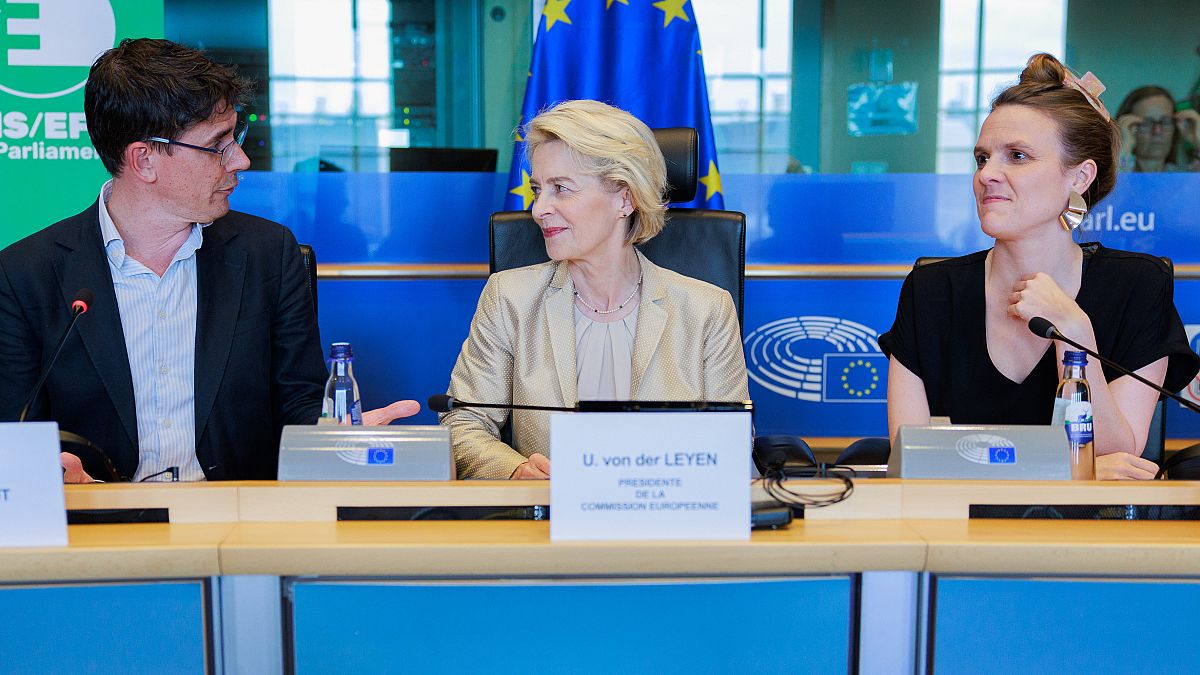A sonographer and radiologist failed to provide their services “with reasonable care and skill” on two occasions involving unborn babies, the Health and Disability Commissioner said — with “missed opportunities” leading to “profound and lasting impact” on the families involved.
The incidents occurred in 2021 and 2022, the Health and Disability Commissioner (HDC) said in a statement today.
In the first incident, the pair missed signs of congenital pulmonary airway malformation (CPAM) in a fetus. It was identified by another radiologist later — but the baby’s lung had to be completely removed after it was born. More of the child’s lung tissue could have been saved if the issue was flagged earlier, the HDC said.
In the second incident, the pair missed signs of renal agenesis “through multiple ultrasounds of a twin pregnancy”. One of the twins died shortly after its birth.
The first complaint
“In the first complaint, the radiologist and sonographer failed to identify signs of congenital pulmonary airway malformation (CPAM) in the fetus through multiple ultrasound scans.
“CPAM was identified by a different radiologist at 36 weeks. At that stage the mother learned that if action had been taken at 20 weeks, when the condition was noticeable on the ultrasound scan, the outcome could have been different,” the HDC said.
“Subsequent interventions would likely have been less invasive and more of her baby’s healthy lung tissue could have been saved.”
After the “late diagnosis”, urgent interventions were required in utero.
“These were not successful, leading to the baby being born by Caesarean section, and requiring multiple surgeries, including the complete removal of his right lung.”
The HDC found that three of the sonographer’s four scans “had suboptimal images, did not adhere to the guidelines in place at the time, and on numerous occasions had incorrect labelling”.
Then, the radiologist failed to recognise the cystic mass in the scan, and failed to recommend a tertiary referral.
Deputy Commissioner Rose Wall also found the radiologist “held overall responsibility for the reporting of each ultrasound scan” and “was required to provide the sonographer with feedback if their images were not of the expected quality”.
The second complaint
“In the second complaint, the sonographer and radiologist failed to identify signs of renal agenesis through multiple ultrasounds of a twin pregnancy, despite there being evidence of possible anomalies in the first twin from the 20-week scan onwards,” the HDC said.
“The woman had a total of five ultrasound scans throughout her twin pregnancy, all of which were performed by the same sonographer and reported on by the same radiologist.
“Sadly, one of the twins died three days after birth.”
Renal agenesis means a baby is born without one or both kidneys.
“In this second case, the fetal anatomy imaging for both twins were incomplete,” the HDC said. “The images from the nuchal translucency (NT) scan taken at 12 week’s gestation were inadequate with suboptimal visualisation of the brain, extremities, kidneys and heart in both twins and neither bladder was imaged.
“The expert advisor for this case concluded that a renal anomaly for the first twin who was small for gestational age could not have been excluded and an obstetric review should have been recommended at 28 weeks’ gestation.”
The radiographer signed off reports “without having seen all the required images or anatomy”, the HDC added.
‘A profound and lasting impact’
Wall referred the pair to the Medical Council of NZ (MCNZ) and the Medical Radiation Technologists Board (MRT Board) due to “concerns” about their “competence”.
“The report emphasised the importance of a scheduled maternity ultrasound scan as a principal opportunity to identify fetal developmental issues in utero. The common element in both cases was the failure of the sonographer and radiologist to maintain their respective standard of clinical practice during the performance of multiple ultrasound scans.
“In each case, this resulted in missed opportunities to diagnose medical issues with the developing fetus at the earliest opportunity,” she said.
“This delay in diagnosis had a profound and lasting impact on the consumers concerned and their wider whānau.”
The radiology service has made changes since the incidents, the HDC noted, with additional training for staff and an audit of previous scans to prevent future incidents.
The pair involved have both sought further education.












